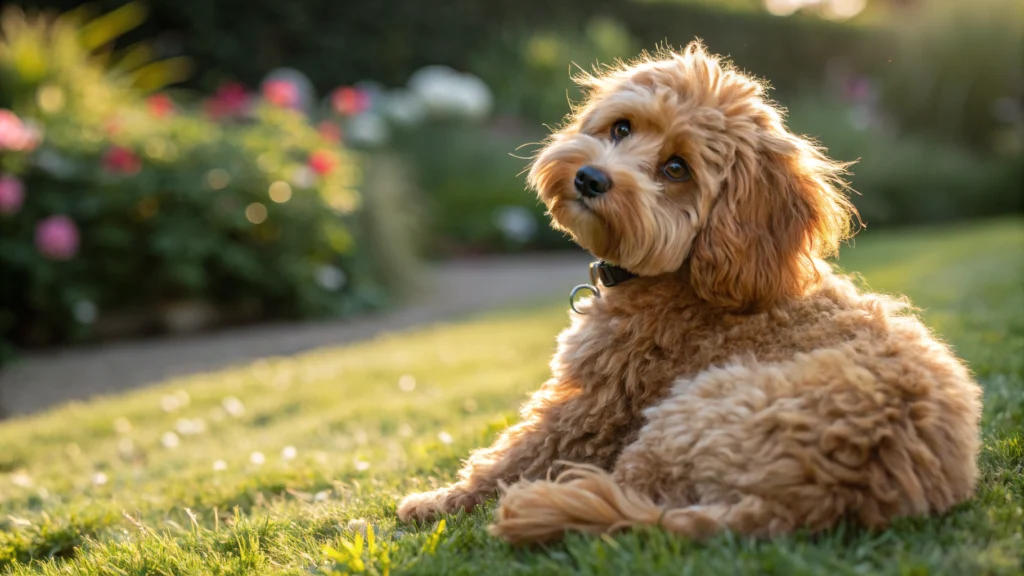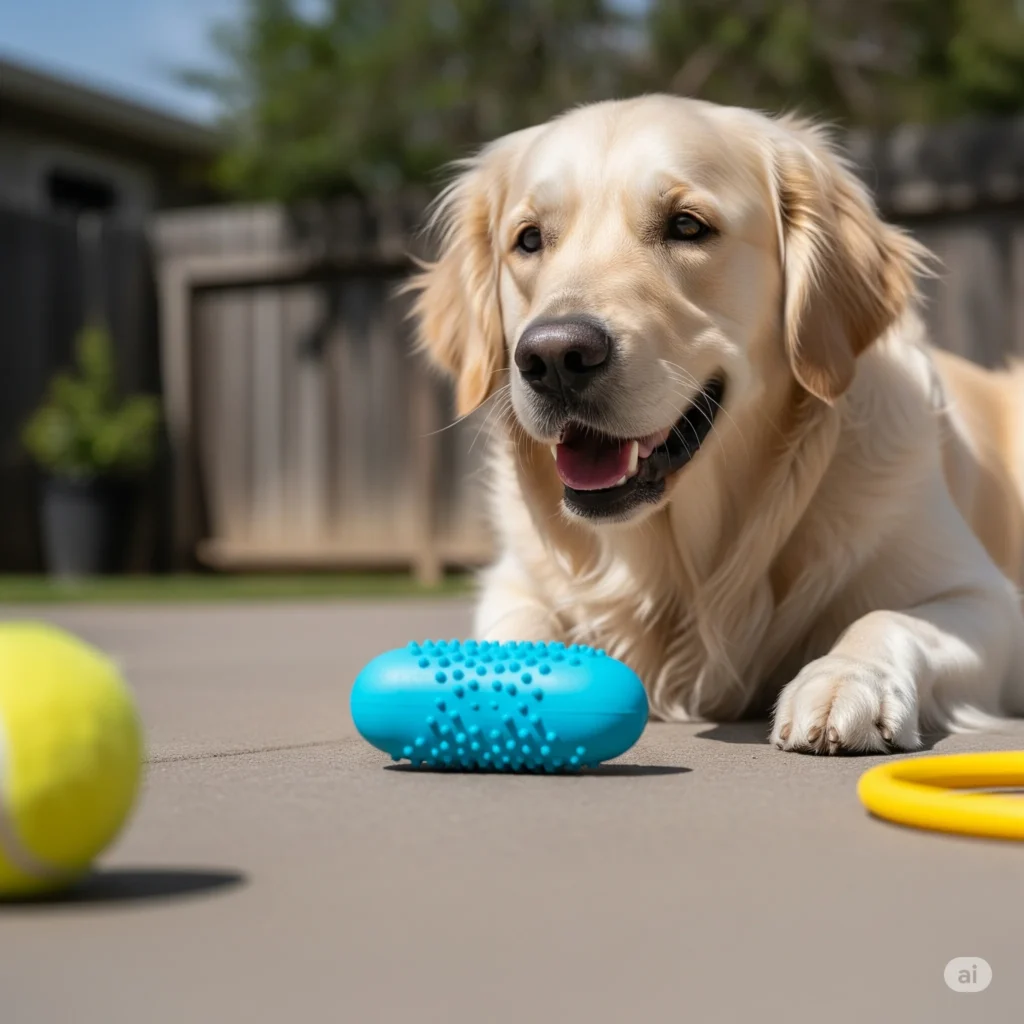
Introduction for What Colors Can Dogs See? What They See Best
The Science of Dog Vision
Hey, ever wondered how your pup sees the world? It’s kinda wild—dogs don’t see colors like we do. They’ve got just two types of color-sensing cells in their eyes, not three like us humans. So, their world is a bit less rainbow-y. Figuring out what colors dogs can see is like peeking into their brain, and it’s honestly pretty cool. They’re more about spotting movement than picking out every shade in a sunset.
Why Color Perception Matters for Dogs
Why should you care about what colors dogs can see? Well, it’s super helpful for picking out toys or training gear that your dog will actually notice. You don’t want them squinting at a ball they can’t even see! Knowing their color vibe helps you make playtime more fun and training a breeze. Plus, it’s just neat to understand your furry buddy better.
What Colors Can Dogs See?
Dichromatic Vision Explained
Alright, here’s the deal: dogs see in a two-color system—think blues and yellows. Reds and greens? Nope, those just look like shades of gray or brown to them. So, when you’re wondering what colors dogs can see, picture a world where a red apple is just a dull blob. Blues pop, though, which is why your dog might go nuts for a blue toy.
The Spectrum of Colors Dogs Perceive
Dogs are all about blues, yellows, and mixes of those. Purples might look blue-ish, and greens or oranges? They’re just meh, grayish tones. But don’t feel bad for them—they’ve got that killer nose to make up for it. Knowing what colors dogs can see helps you pick stuff they’ll actually spot, like a bright blue frisbee they can’t miss.
Colors Dogs Cannot See
Limitations of Canine Color Perception
Dogs are totally blind to reds, oranges, and greens the way we see them. Those colors just blend into a boring gray or brownish mess. So, if you’re curious about what colors dogs can see (or not), reds and greens are off the menu. It’s like they’re living in a world where half the rainbow’s on mute.
Comparing Human and Dog Color Vision
Humans get the full color show—reds, greens, blues, you name it. Dogs? They’re like, “Eh, give me blue or yellow, and I’m good.” It’s kinda like they’re rocking red-green colorblindness. So, when you’re picking out stuff for them, think about what colors dogs can see best to make sure it stands out in their world.
What Colors Can Dogs See Best?
Optimal Colors for Canine Visibility
Blue and yellow are your dog’s BFFs when it comes to colors. They’re like neon signs in their eyes, super easy to spot. If you’re wondering what colors dogs can see best, it’s these two, hands down. Toss a blue ball, and your pup’s gonna lock onto it like it’s the holy grail of fetch.
Practical Implications for Toys and Training
Wanna make your dog’s day? Grab blue or yellow toys. They’ll spot that blue tug rope or yellow tennis ball in a heartbeat. Trainers love these colors for agility stuff because they’re so eye-catching. Knowing what colors dogs can see best means you’re setting your pup up for fun and success, whether it’s fetch or learning new tricks.
What Colors Can Dogs See Against Grass?
Contrast and Visibility in Natural Environments
Picture this: you’re at the park, and the grass is all green and lush. To your dog, it’s just a grayish-yellow blur. But throw a blue or yellow toy out there? Bam, it’s like a spotlight. When you’re thinking about what colors dogs can see against grass, those two stand out like a sore thumb, making fetch way more fun.
Best Colors for Outdoor Activities
Stick to blue or yellow for outdoor gear. A red ball? It’s gonna disappear into the grass like it’s playing hide-and-seek. But a blue frisbee or yellow chew toy? Your dog’s gonna be all over it. Picking colors that match what dogs can see against grass means no more lost toys and a happier pup.
What Colors Can Dogs See at Night?
Low-Light Vision in Dogs
Dogs are like little night-vision ninjas, thanks to a shiny layer in their eyes that helps them see in the dark. But colors? Not so much at night. Their world turns pretty grayscale when the lights go down. So, when you’re curious about what colors dogs can see at night, it’s less about color and more about shapes and movement.
Impact of Color on Nighttime Visibility
Even at night, blue and yellow might still catch their eye a tiny bit better, but it’s not a huge deal. Reflective stuff, like a yellow glow-in-the-dark collar, is where it’s at for nighttime walks. Knowing what colors dogs can see at night helps you pick gear that keeps your pup safe when the sun’s gone.
What Is the Easiest Color for a Dog to See?
The Role of Blue and Yellow in Canine Vision
Blue’s the champ when it comes to what is the easiest color for a dog to see. Yellow’s a close second. These colors just scream “look at me!” to your dog’s eyes. It’s like their vision is wired to zero in on anything blue or yellow, making them perfect for grabbing attention.
Applications in Daily Life
Get blue toys, blue leashes, blue anything, and your dog’s gonna love it. Yellow works great too. These colors make it easy for them to spot stuff, whether it’s a ball in the yard or a marker during training. Knowing what is the easiest color for a dog to see makes life with your pup so much smoother.
What Colors Do Dogs Avoid?
Colors That Blend or Confuse
Red and green are like camouflage to dogs—they just blend into the background. They’re not exactly avoiding them, but they might as well be invisible. If you’re wondering what colors dogs avoid, it’s these sneaky hues that look like gray or brown and don’t catch their eye at all.
Behavioral Responses to Certain Hues
Dogs don’t really “hate” colors, but they’re not gonna get excited about a red toy that looks like a gray lump. Stick to blues and yellows, and they’ll be way more into it. Using what colors dogs can see means you’re picking stuff they’ll actually notice and chase after with glee.
Conclusion for What Colors Can Dogs See? What They See Best
Summarizing Canine Color Perception
So, dogs see a simpler world—blues and yellows are their jam, while reds and greens are just a snooze. Figuring out what colors dogs can see and not see is like unlocking a secret to making their day better. It’s all about working with their unique eyes to keep them happy.
Practical Tips for Dog Owners
Grab blue or yellow toys for playtime—they’re the easiest for your dog to spot, especially on grass or in low light. Skip the red or green stuff; it’s like throwing a ghost ball they can’t see. By picking what colors dogs can see best, you’re making their world more fun and keeping them engaged.
you may like it
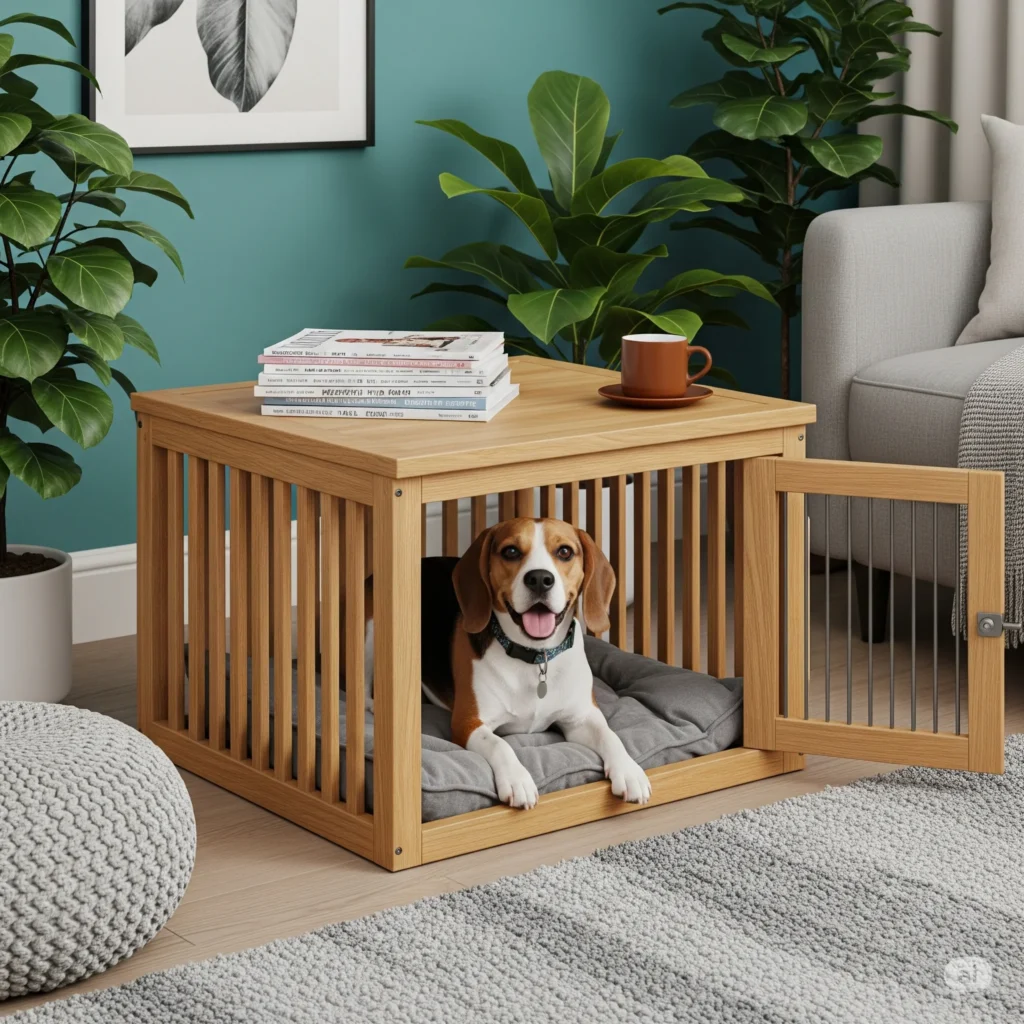



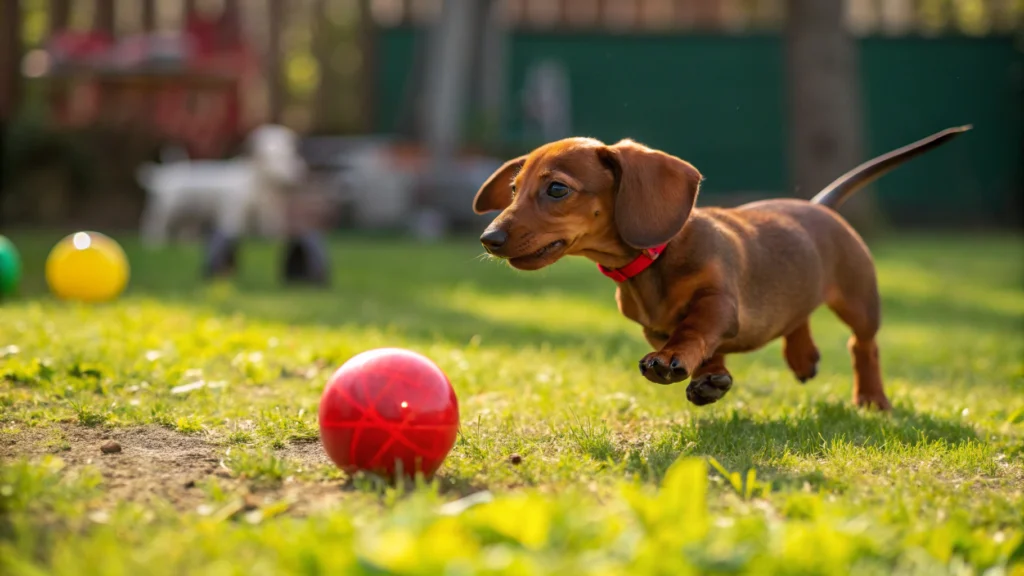
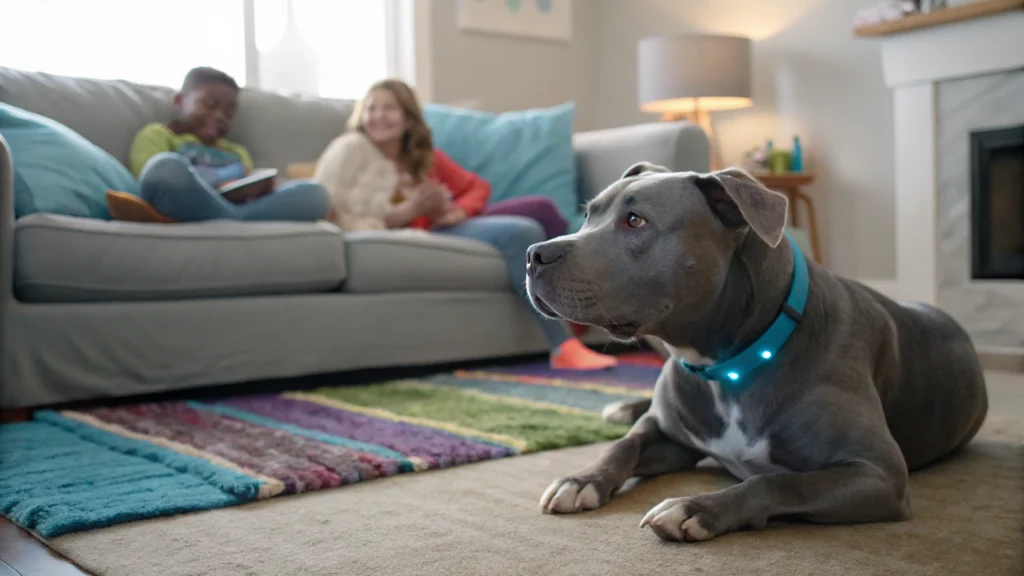
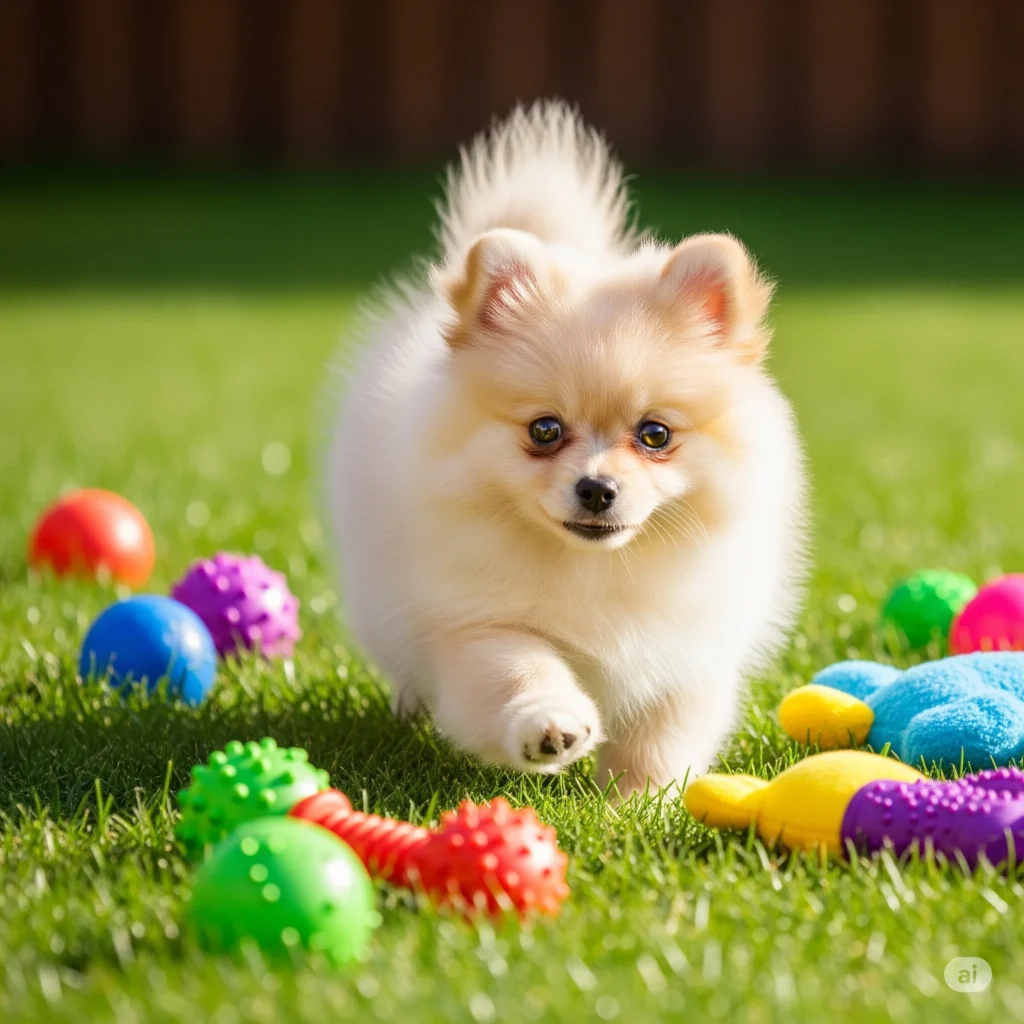
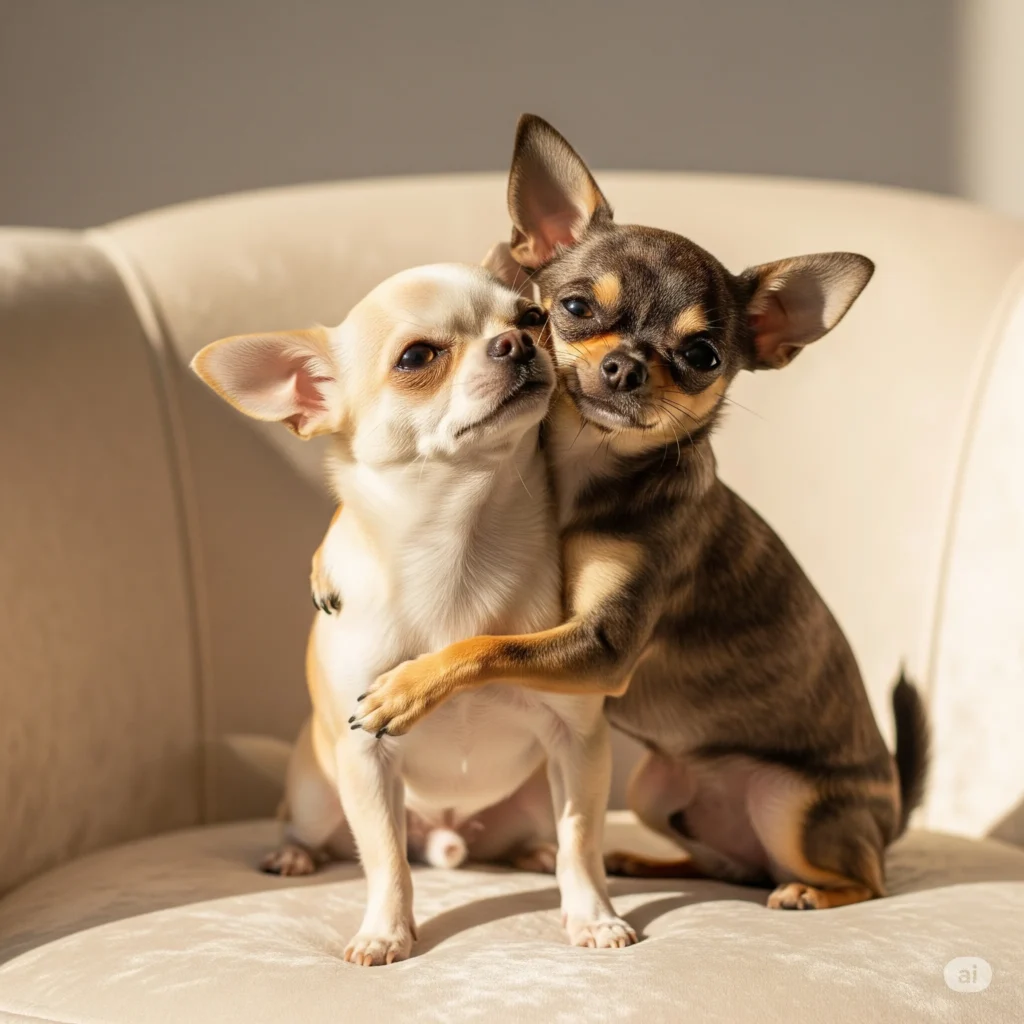
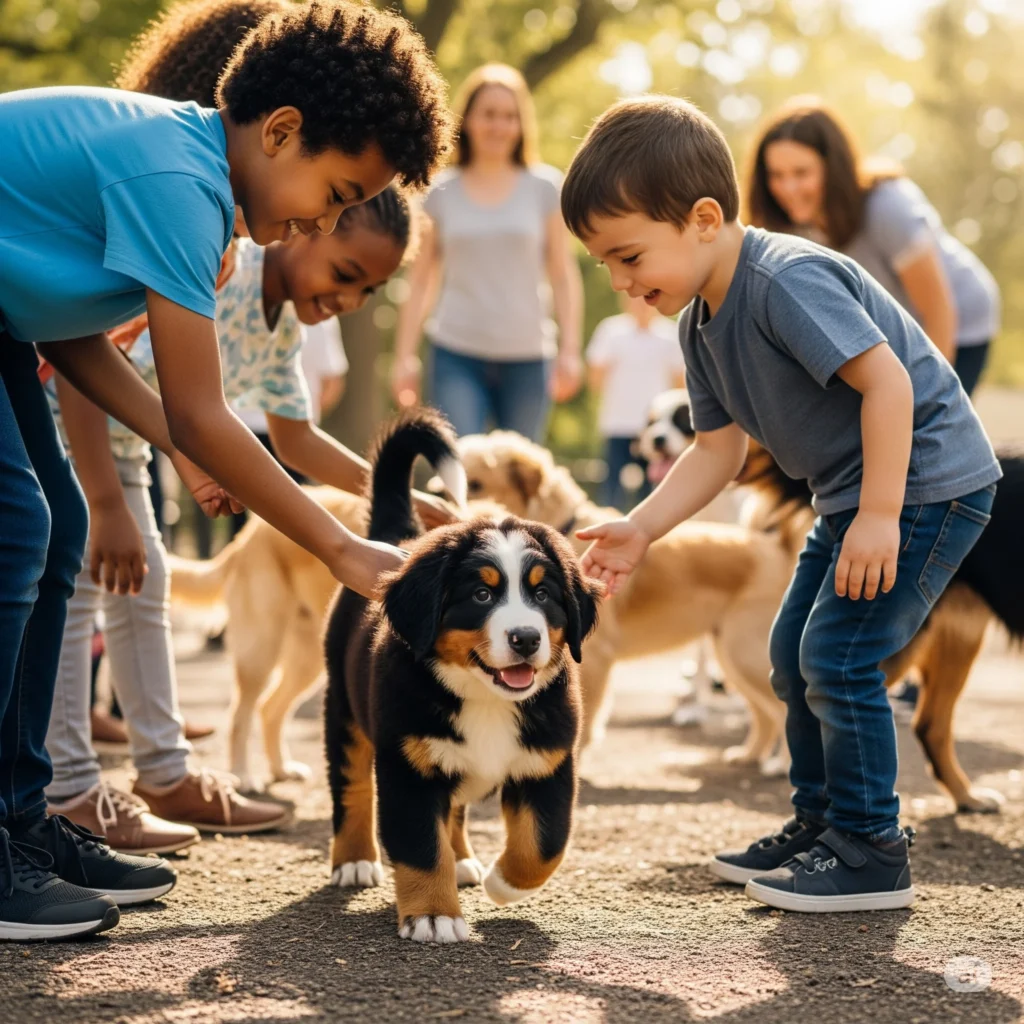

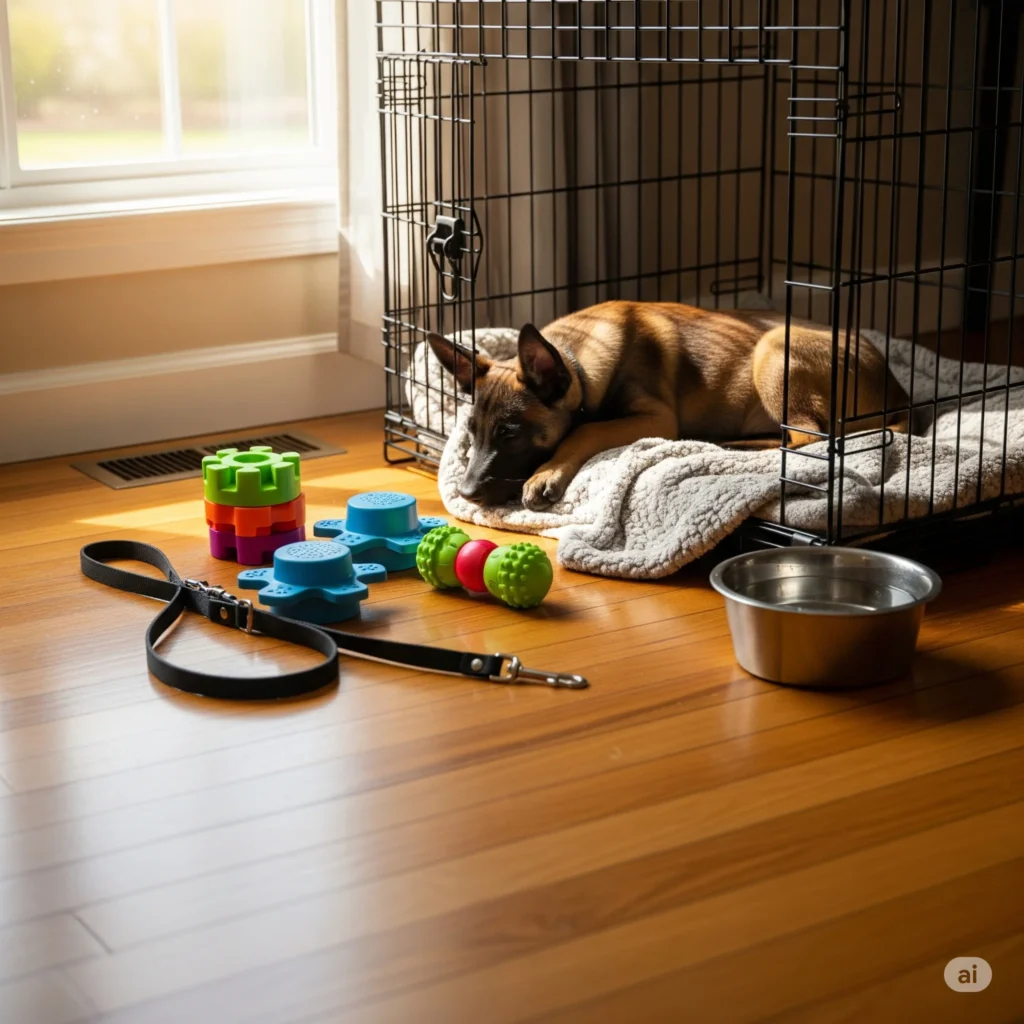
sources
- American Kennel Club (AKC) – Detailed explanation ofWhat Colors Can Dogs See? What They See Best, including their dichromatic color perception and how it affects their interaction with objects like toys.
Link: https://www.akc.org/expert-advice/lifestyle/how-dogs-see-world-compared-humans/ - VCA Animal Hospitals – Information on the science of what colors can dogs see, including the role of cone cells and how dogs perceive colors like blue and yellow.
Link: https://vcahospitals.com/know-your-pet/do-dogs-see-color - PetMD – Overview of what colors can dogs see, their limitations with reds and greens, and practical tips for choosing visible toys.
Link: https://www.petmd.com/dog/general-health/what-colors-can-dogs-see


